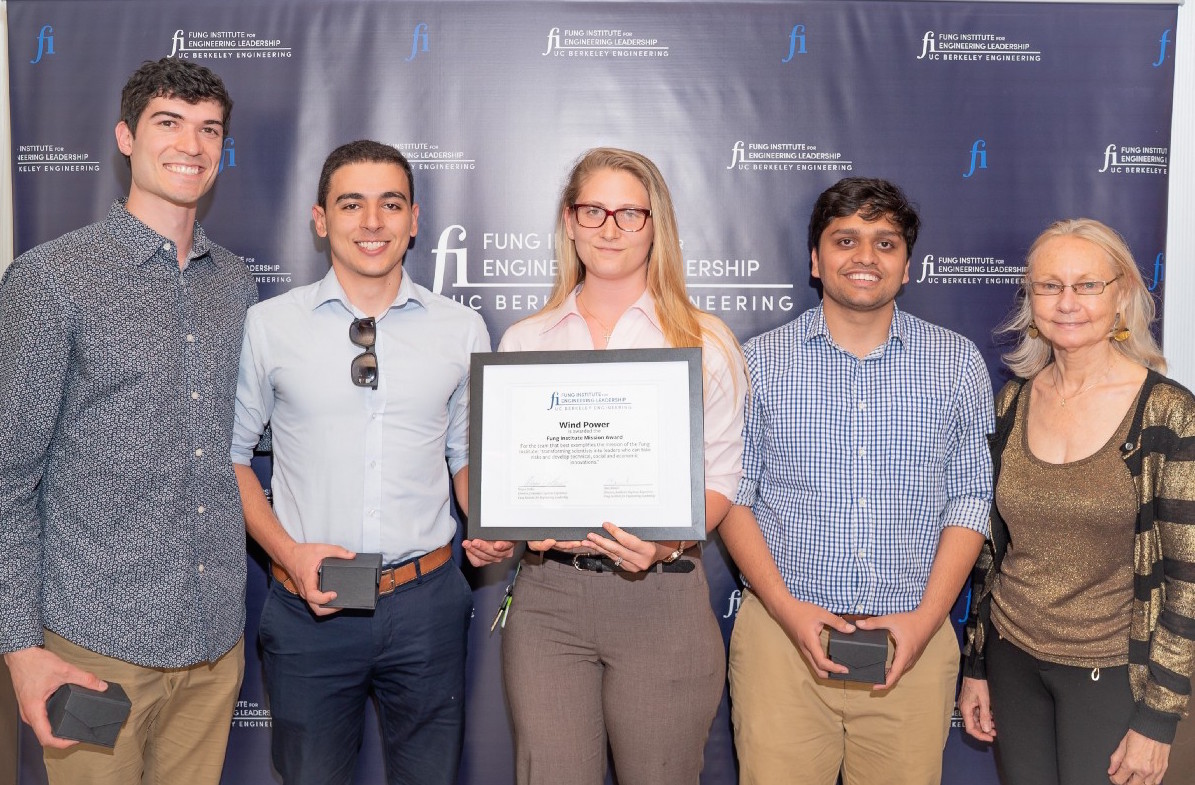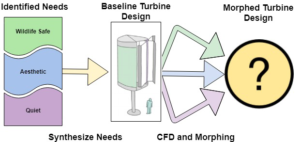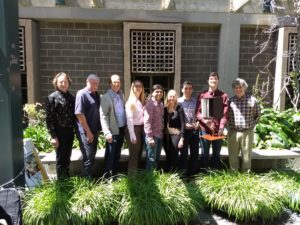This award is given to the team that best exemplifies the mission of the institute: “transforming scientists into leaders who can take risks and develop technical, social and economic innovations.” Winning MEng students are: Erica McClinton, Shahal Neema, Ali Elashri and Austin Campbell.
Executive Summary
The goal for this project is to determine a solution for extracting wind power in a way that is less intrusive to wildlife and less visually and audibly disturbing to nearby residents, issues that are typically not addressed in traditional wind turbines. Through our competitive research and literature survey, we found that a small scale, vertical axis, Savonius type wind turbine can be a potential solution to harvesting wind energy in communities like Marin County. Our work was dedicated to enhancing this design with wildlife safety features, improving its aesthetics, and optimizing performance through an iterative process involving computational fluid dynamics simulations and the design-by-morphing methodology.
While Marin County is planning to transition to 100% renewable energy sources by the the year 2025, many community members have expressed their concerns that wind turbines would pose a threat to wildlife, negatively impact the visual landscape, and be audibly disruptive. The human-centered design process allowed us to identify these concerns and develop a solution to harvesting wind in Marin. The small size of our design naturally lessens the visual impact it would have on the landscape.
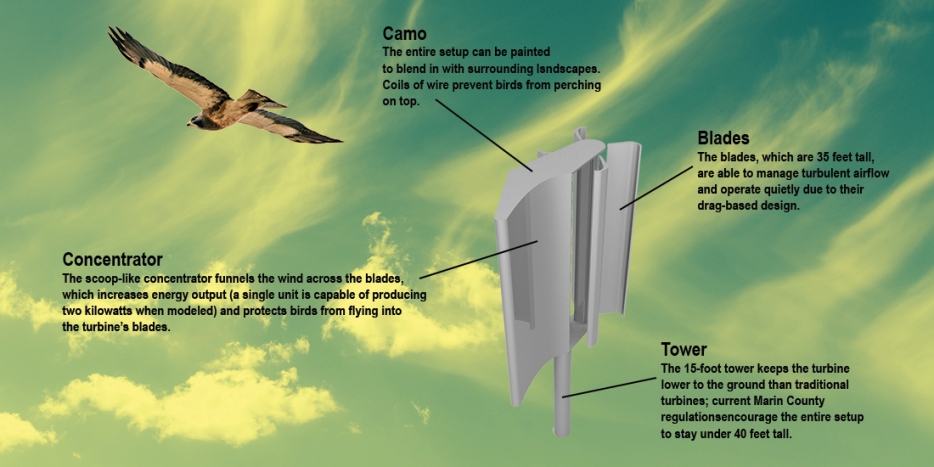
Image from: “Redesigning wind power“, Berkeley Engineer, 6/1/2018.
As for wildlife safety, traditional wind turbines have been criticized for the many bird fatalities associated with them; our small scale turbine has the advantage of operating at heights that are lower than the flight paths of birds of prey, thus reducing the possibilities of collisions with them. Also, the concentrator feature on the design shields the blades from birds approaching in the direction of the wind and allows the birds to better perceive the turbine as a stationary object that they can avoid, as opposed to the blurred blades of a traditional design that can be very confusing for the birds. Lastly, unlike traditional turbines which are very loud due to their high tip speed ratios, our drag based design has much lower tip speed ratios and is consequently much quieter. However, the regulations present technical obstacles for the design of a wind turbine; the main problem being the height. The 40 foot height restriction for wind turbines in Marin subjects the turbine to much lower wind speeds and more turbulent winds, which greatly reduces the turbine’s available power. Since our design is drag-based, it is better able to extract the energy from the low speed, turbulent winds than the lift-based traditional turbines are.
Project flow, starting with the identification of needs and finishing with a morphed turbine design
The other aspect of this project involved the optimization of an existing design, the California Energy and Power (CE&P) turbine. New designs were generated using a process called design-by-morphing: a computational method that allows us to combine any number of shapes to produce a final combined geometry. Our team focused on generating new designs for the concentrator that were then tested for performance using computational fluid dynamics. Five new concentrator shapes were generated and then simulated with a 24 mph wind speed and two different rotational speeds, 4RPM and 40RPM, along with the original design. At 4RPM, which is the operating condition recommended by CE&P, the original design performed the best with a power output of 2.82 kW. When the operating speed was increased to 40 RPM, all five new geometries performed much better than the original, with the best design producing 8.85 kW while the original produced only 6.90 kW. However, these results have some uncertainties from the lack of better computational equipment.
Through many interviews with community members and field experts, as well as attending community events, we were able to gain a much better understanding of what it takes to site wind power in Marin County. Eventually, the goal is to site a small scale prototype of this design in Marin to hopefully increase the acceptance of wind turbines in the area and encourage more wind turbines to be sited in the region. While exploring California Energy and Power ’s turbine, our team was able to find improvements in bird safety, aesthetics, and performance. The initial tests show power improvements of about 250% by operating at 40 RPM instead of 4 RPM, suggesting that greater power output is possible at higher operating speeds. Future teams could benefit from exploring more designs and optimizing the operational speeds and tip speed ratios. The wildlife and structural implications of increasing the operational speed are something that should also be investigated.
Download Wind Power Final Report.
Wind Power Team (left to right): Bruce Webster, (industry co-sponsor), Judd Howell (Ecologist), Tom Flynn (industry sponsor), Erica McClinton (MEng student), Shahal Neema (MEng Student), Alice Agogino (ME faculty), Ali Elashri (MEng student) Austin Campbell (MEng student), Phil Marcus (ME faculty).
 |
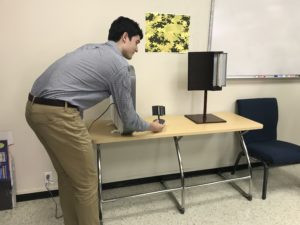 |
| Final Presentation | Prototype Demo of 3D Morphed Model, Camouflage and Baseline Design |
